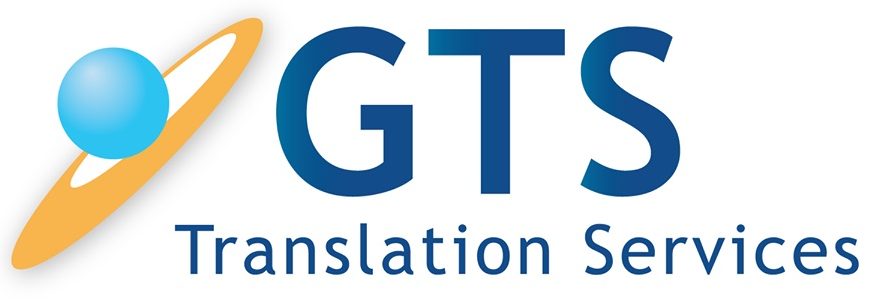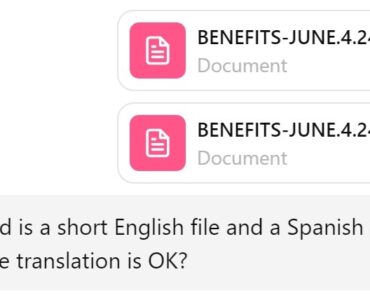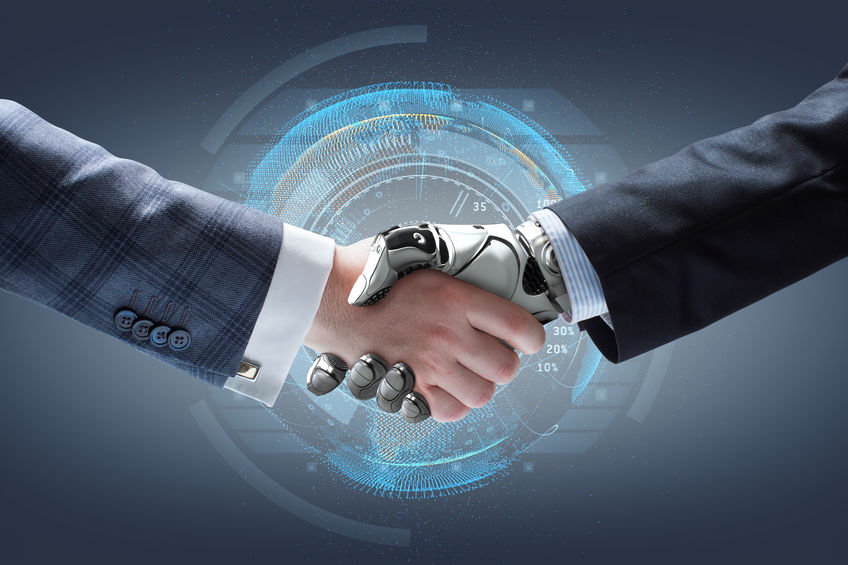By David Grunwald
If you are employed in the translation industry in any way, you have probably heard this one. Wait… you still have a job? Doesn’t AI do all of that now?” Or the classic: Why don’t people just use Google Translate? As someone who’s been in the business for years—and whose company is doing quite well—I’ll admit, I find these questions irritating. But they’re not entirely off-base. The rise of AI translation tools has changed our industry dramatically. The real question is: Is AI a good replacement for professional translators and agencies?
The Market Speaks Louder Than The Tech
Before we dive into specifics, let me offer a perspective from the business side: Your customers are the ones who decide if professional translation is still necessary. Are they still sending RFQs? Are you still getting orders? If the answer is yes—and for us at GTS, it absolutely is—then there’s your proof. Because let’s face it: no one’s going to pay for something they can get for free unless there’s a good reason. And there are good reasons. Plenty of them.
When AI Translation Is Not Good Enough
Here are translation scenarios where using AI is risky, reckless, or just plain wrong.
Medical Reports
You broke your ankle on a skiing trip in France and were medevaced to a hospital in the USA. Your MRI scan was done in a lab in Spain and your doctor is in the UK. Or God forbid a loved one got a cancer diagnosis in a country which speaks a foreign language. You need the absolute best medical care. Will you entrust translation of the medical reports to AI. Hell no! Lives are at stake. The medical report translation must be flawless. No AI tool today—no matter how good—can provide the precision and accountability required here.
Medical Device Manuals
Translation of medical device IFUs (Instructions for Use) is often required for international sales. Using AI may be risky as translation mistakes can cost lives.
Translation of Informed Consent and Clinical Trial Documents
Pharmaceutical companies are required to do extensive testing on humans before a new drug is approved. Translated informed consent, clinical trial protocols and other documents need to be submitted. Here too, using AI may be risky as translation mistakes can cost lives.
Sensitive Legal Documents
Your client has had a lifelong dream of buying a French vineyard and is closing a real-estate purchase. Your corporation is planning to rent 100,000 sq ft of office space. Or you are a high-worth individual who is getting married and want to sign a prenup. Mistakes in translation of legal contracts could cost a fortune. Better to leave the translation to professionals. After all, the translation cost is probably a very small fraction of the total transaction.
Patents
You or your company have a eureka-level invention and you are considering national filing in the EU or Asia. If your intellectual property is valuable to you, better not to use AI for the translation-especially for the claims.
Immigration Documents
Many immigration agencies worldwide, such as USCIS, require translation of school records, marriage and birth documents, passports and such to process immigration applications. Embassies may also require translated records. These types of documents always require a signed translation certificate. AI does not do it.
Marketing Documents
Say you are a corporate Marcom person who is planning a major international product launch and ad campaign. And you do not have people in your distribution network who are proficient in the target language. Why risk using AI for your translation? Not to mention that some AI translations are very literal and do not capture the verve and sentiment of the original copy. Best to use professionals for this work, especially since the translation cost is probably a very small fraction of the launch budget.
SDS
Safety Data Sheets (SDS) are required when shipping hazardous and chemical products internationally. A mistake in an SDS can result in lawsuits. Considering the cost of professional SDS translation which is typically in the range of $250 per language, you are better off using a pro.
Software Localization
Resource files (.resx, .po, .json, etc.) require specialized tools and QA processes. AI may help generate raw translations, but it lacks integration, context, and consistency across UI/UX strings.
Scanned Documents, Poor Quality PDF files
You may need a professional translation agency when the documents can’t be read by AI software. Not necessarily because AI is not good enough, but because AI is incapable of doing the job.
When AI Translation Can Be Good Enough
In general, any translation job that comes with no risk is suitable for AI. Here are some examples:
Website and Blog Content
AI is helpful when speed matters and perfection isn’t critical. That said, always have a human editor review your content before publishing—it’s still your brand voice.
Video Subtitles and Captions
New AI tools like Whisper and others can generate captions quickly and at scale. If a few lines come out clunky, it’s usually not a disaster. For casual or internal content, AI can be a game-changer.
Legal Research and Prior Art
Need to scan foreign patents or legal precedents for relevance? AI translation helps filter what’s worth a deeper look. When accuracy matters, that’s when you bring in a professional.
Conclusion
The rule of thumb is: If a translation error could cost you money, credibility, legal exposure—or someone’s health—don’t use AI. But if you’re producing fast-moving content where perfection isn’t required, AI might be enough—especially with a human safety net.
Market data clearly indicates that the demand for professional translation services is strong and is getting bigger. In my own personal opinion, not only is AI not bad for business, AI is creating new opportunities for translation agencies. It will increase our revenues and profits. And business (at least at GTS) remains as strong as ever.
Accuracy: AI vs. Human Translators
Here are some cited industry metrics that compare the use of AI vs. professional translation.
BLEU (Bilingual Evaluation Understudy) is a common way to evaluate AI translations by comparing them to human-translated reference texts. Higher scores = better. Professional human translation BLEU scores typically range around 85–95 (on a 100-point scale). Top AI systems (e.g., DeepL, Google Translate) get BLEU scores between 40–65, depending on the language pair. BLEU scores above 60 are often considered “good” for AI—though still not human-level.
Common industry estimate: AI translations have ~75–85% accuracy on general content, but much lower (~50–70%) on specialized content like legal or medical.
Meta (Facebook) in a 2022 paper claimed their AI model (No Language Left Behind) reached human parity in BLEU score for some high-resource languages, but this was disputed by many in the professional translation field.
WIPO (World Intellectual Property Organization) evaluated patent translation quality and found that AI translations were usable for research, but not suitable for filing.
Sources:
-
Meta AI – No Language Left Behind (2022) – BLEU score benchmarks for multilingual AI
-
TAUS – Post-Editing Data Reports – Insights on human editing effort and MT quality
-
Machine Translation Journal, Vol. 36 (2022) – Academic studies comparing AI and human translation
-
WIPO – AI Patent Translation Evaluation – Analysis of AI-translated patent texts
-
Google Research – BLEU Score Explanation – How BLEU scores are used to assess translation quality






“Top AI systems (e.g., DeepL, Google Translate)” – to be fair, these are not top AI systems in translation field. OpenAI’s GPT is.
Thanks for your comment. How do you define “top?” Is it in terms of quality? Traffic? I believe that Google and DeepL are the most visited translation websites. If you have any proven metrics, I would love to see them.
I agree that AI has its place, especially for quick or informal translations, but nothing beats a professional for critical documents. Maybe in the future, the best results will come from a hybrid approach—AI for speed, humans for accuracy and nuance.
Thanks for that Rick. I want to mention that scale will have something to do with this as well. Organizations that translate a huge amount of texts will build systems that integrate the hybrid approach you mentioned. Smaller organizations with modest translation needs will be able to get better prices by ordering professional translation services from LSPs with hybrid systems or seek out the more traditional approach.